Southeastern Farmers Co-op is your
Fall Seeding Headquarters!
From fescue, to rye grass varieties, orchard grass varieties, wheat varieties, and food plot mixes, we have it all at great prices!
We can weigh and price by the pound, so you have exactly what you need!
Fescue - KY 31
Kentucky 31 (KY-31) is indeed a popular type of tall fescue grass. Its easy establishment, drought resistance, and improved heat tolerance make it a favorite for many. The thick, dense blades and deep roots are particularly beneficial for both livestock pastures and lawns. Additionally, its resistance to heat, drought, and brown patch disease adds to its appeal.
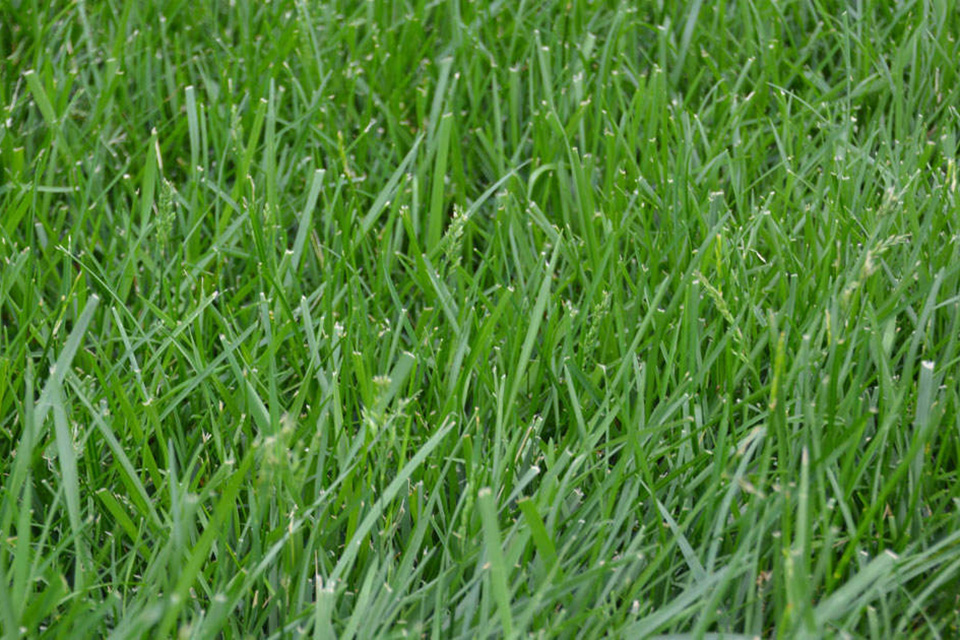
Rye Grass Varieties
Ryegrass is a versatile cover crop with several varieties that offer different benefits. Here are a few notable ones:
- Annual Ryegrass (Lolium multiflorum): This is a fast-growing, deep-rooted winter annual grass. It’s excellent for fighting soil compaction, controlling erosion, and scavenging nitrogen12. It’s often used by experienced cover croppers due to its ability to improve soil structure and fertility.
- Perennial Ryegrass (Lolium perenne): This variety is commonly used for turf and pasture. It establishes quickly and provides good ground cover, which helps in weed suppression and erosion control.
- Italian Ryegrass: Also known as annual ryegrass, it is similar to Lolium multiflorum but is often used in different contexts. It is valued for its quick establishment and ability to improve soil health.
- Winter Rye (Secale cereale): Although not a true ryegrass, winter rye is often used as a cover crop. It is highly winter-hardy and provides excellent erosion control and weed suppression.
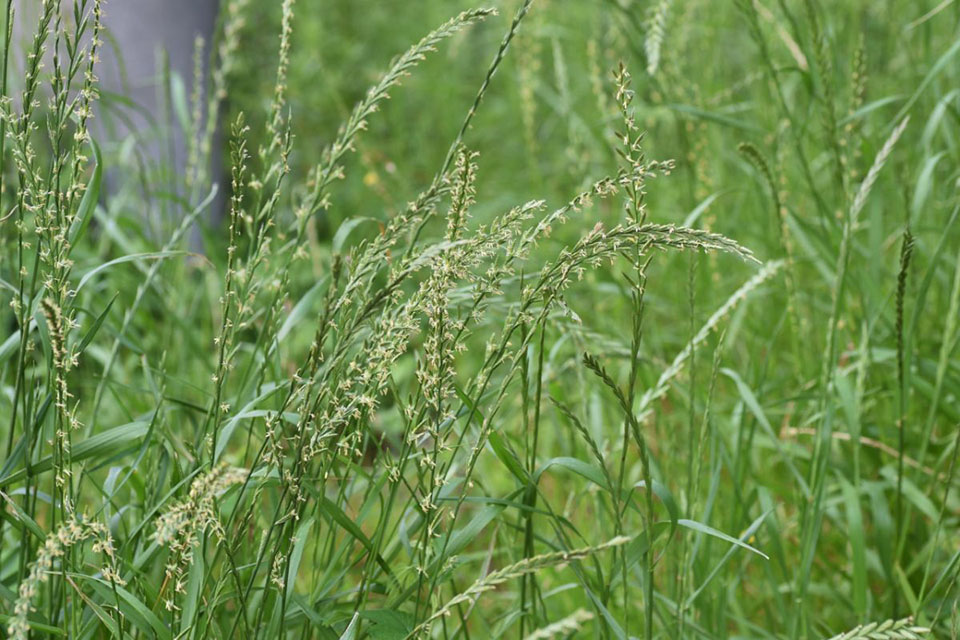
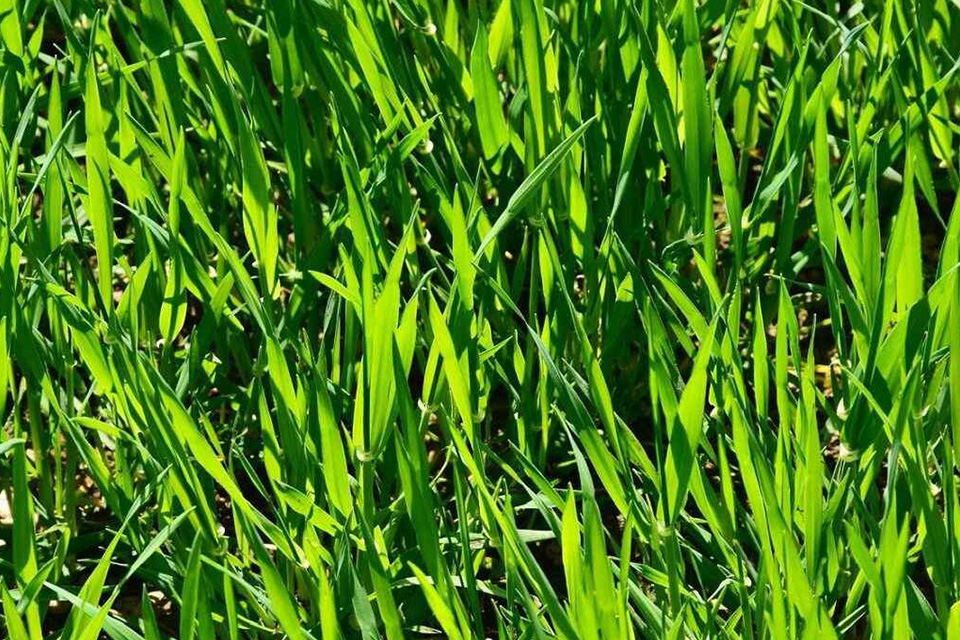
Orchard Grass Varieties
Orchard grass is a great choice for cover crops, especially in orchards. Here are some common varieties and their benefits:
- Orchardgrass (Dactylis glomerata): This is a perennial grass that is highly valued for its adaptability and resilience. It provides excellent ground cover, helps in weed suppression, and improves soil structure.
- Perennial Ryegrass (Lolium perenne): Often used in orchard alleys, this grass establishes quickly and provides good ground cover, which helps in erosion control and weed suppression.
- Fescues (Festuca spp.): Various fescue species, such as hard fescue and creeping red fescue, are used in orchards for their drought tolerance and low maintenance needs.
- Timothy Grass (Phleum pratense): This grass is known for its ability to thrive in cooler climates and provides good ground cover and soil improvement.
- White Clover (Trifolium repens): Although not a grass, white clover is often used in orchards for its nitrogen-fixing ability, which can enhance soil fertility.
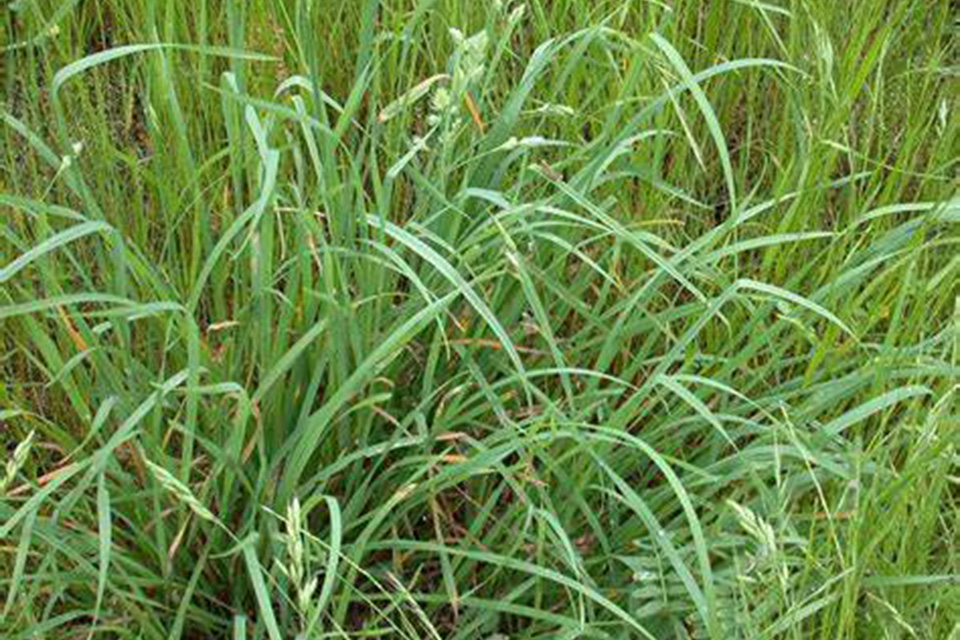
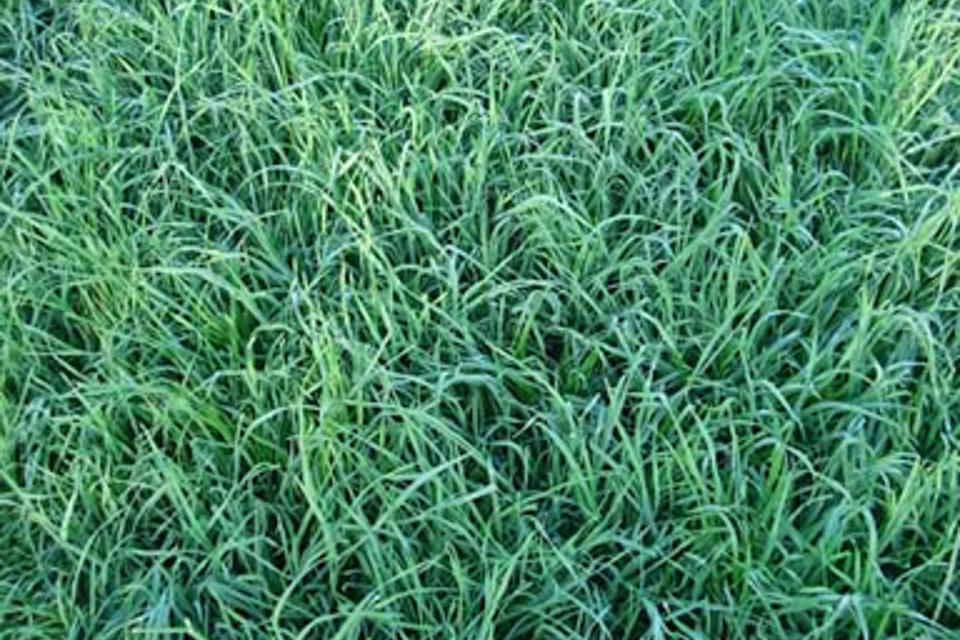
Wheat Varieties
Wheat is an excellent choice for a cover crop due to its versatility and benefits like weed suppression, erosion control, and soil improvement. Here are some common varieties:
- Winter Wheat (Triticum aestivum): This cool-season annual grass is effective for weed suppression, erosion control, and as a livestock grazing supplement. Varieties include:
- Hard Red Winter Wheat: Known for its high protein content and strong gluten, making it suitable for bread-making.
- Soft Red Winter Wheat: Typically used for pastries, cakes, and crackers due to its lower protein content.
- Durum Wheat: High in protein and gluten, ideal for pasta production.
- Soft White Wheat: Used for pastries and cereals.
- Hard White Wheat: Similar to hard red but with a milder flavor, used for bread and brewing
- Triticale: A hybrid of wheat and rye, offering the benefits of both. It is hardy and can be used for forage, grain, or as a cover crop
These varieties can help improve soil structure, enhance water infiltration, and provide excellent ground cover.
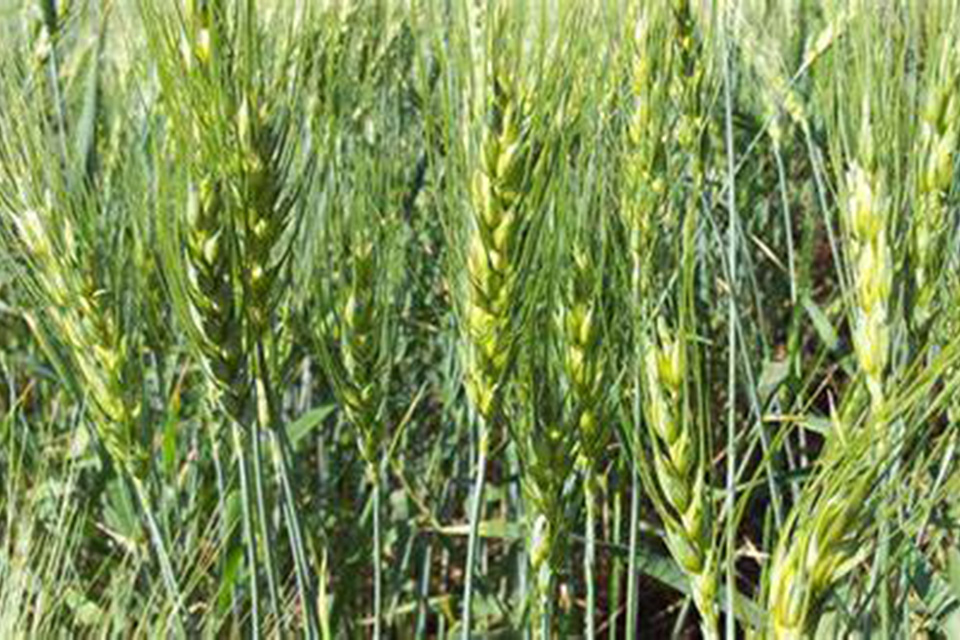
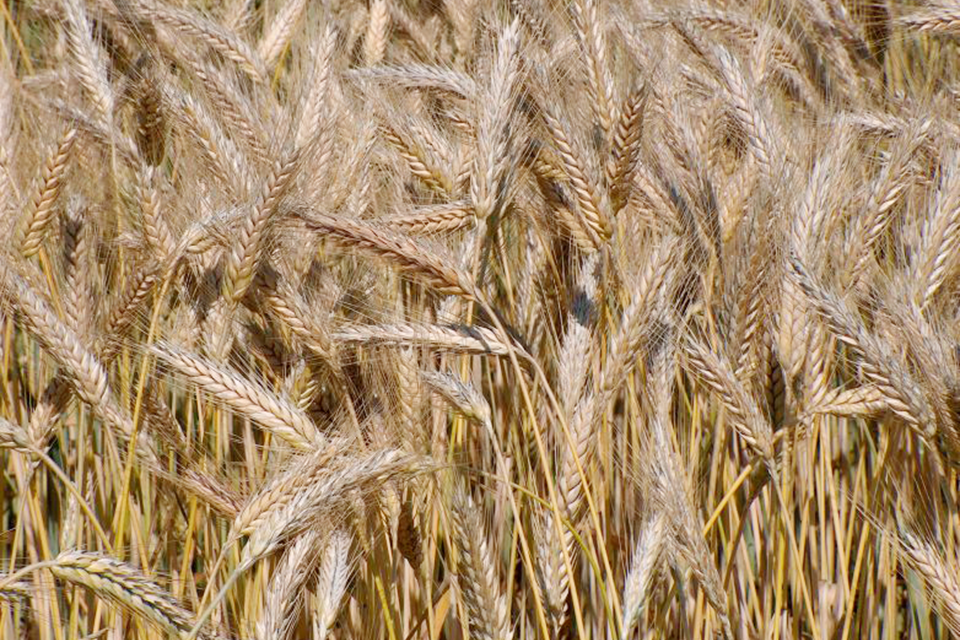
Food Plot Mixes
Creating a food plot for deer can be a great way to attract and support local wildlife. Here are some popular food plot mixes that are effective throughout the hunting season:
- Winter Peas and Soybeans: This combination provides high protein levels and is attractive to deer throughout most of the season. Winter peas are particularly good for October and November.
- White Clover and Oats: This mix is hard to beat for its attractiveness and nutritional value. Clover provides a high-protein food source, while oats are great for early-season attraction.
- Beets and Wheat: Wheat is widely planted and provides excellent forage, while beets offer a nutritious and attractive option for deer.
- Cereal Rye and Radishes: This combination is excellent for soil improvement and provides a nutritious food source for deer. Rye is hardy and grows well in various conditions.
- Chicory and Turnips: These two species are easy to grow and provide a reliable food source. Chicory is drought-resistant, and turnips offer high nutritional value.
These mixes can help maintain deer on your property throughout the hunting season by providing diverse and nutritious food sources.
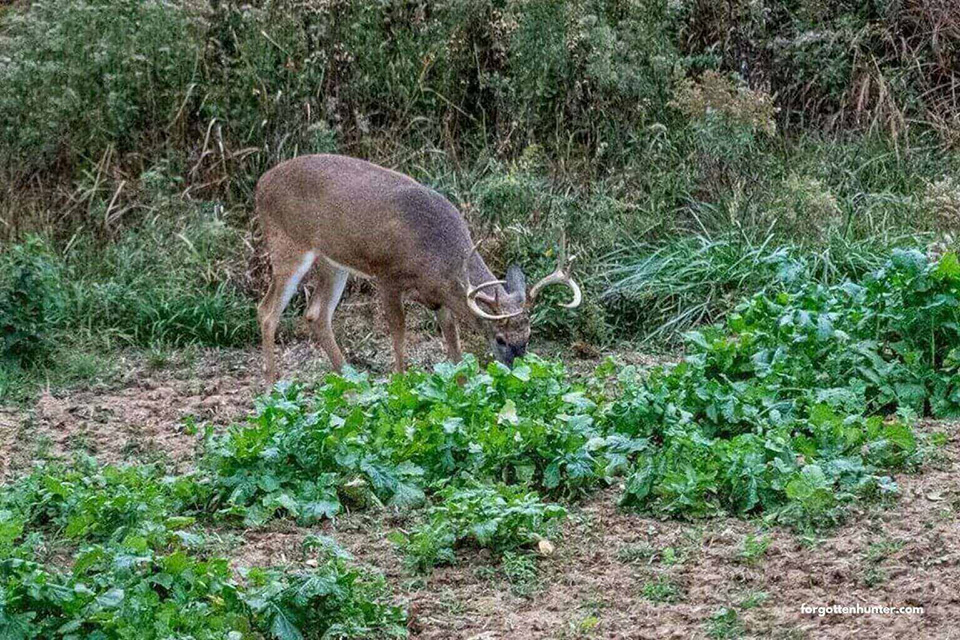
For more information, pricing or information about what you need,
please contact our Agronomy Team or stop in today!



